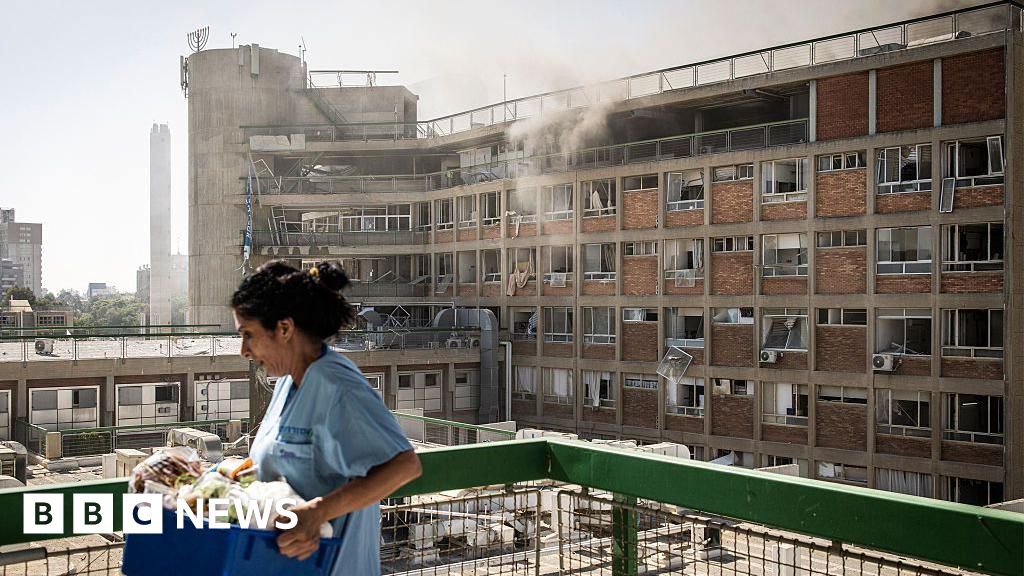Key Takeaways
- AI can’t mine Bitcoin faster — ASICs still handle the raw cryptographic work.
- AI helps reduce energy costs by optimizing when and where mining happens.
- Responsive mining uses AI to adjust operations in real time based on energy conditions.
- Machine learning improves uptime, hardware health, and mining profitability.
In 2025, there’s a lot of hype around artificial intelligence, leading to the question: Can AI mine Bitcoin faster?
While AI can’t speed up Bitcoin mining itself, it can make the process more innovative, efficient, and better timed, which is becoming increasingly valuable as mining gets more competitive.
This article clarifies the realities of AI-powered Bitcoin mining in 2025, distinguishing fact from fiction and detailing how artificial intelligence is reshaping the mining industry in unexpected ways.
AI-powered Bitcoin Mining: Can AI Really Mine Bitcoin Faster?
AI cannot replace the hardware used to mine Bitcoin.
Bitcoin mining is built around solving mathematical puzzles using a cryptographic algorithm called SHA-256. This process is entirely random, with no shortcuts. Bitcoin mining doesn’t have patterns, it’s brute-force math. So AI can’t speed up the mining process itself.
Miners use machines called ASICs (Application-Specific Integrated Circuits). These chips are custom-built to calculate as many SHA-256 hashes as possible per second.
How Artificial Intelligence Is Used in Bitcoin Mining
Even if AI can’t mine Bitcoin directly, it plays a growing role in how mining operations are managed. That’s where things get interesting.
According to Marathon Digital CEO Fred Thiel, modern mining facilities are using AI to decide when to mine, how much to mine, and how to manage power use.
Here’s how it works in practice:
- Load balancing via AI: If electricity is expensive at a particular hour, AI can pause mining temporarily and resume when rates drop.
- Mining rig orchestration: AI can automatically overclock or slow down machines based on how hard they’re working or how hot they’re running.
- Dispatchable mining: Bitcoin miners are now being treated like flexible power loads, ramping up or down as needed depending on energy demand or nearby AI workloads.
Thiel refers to this kind of setup as a form of responsive mining where AI doesn’t do the mining but makes the whole system more intelligent and adaptable.
The Role of Machine Learning in Bitcoin Mining Efficiency
While AI can’t help solve hashes, machine learning (ML) can improve everything else around the Bitcoin mining process.
- Failure prediction: ML models monitor hardware health and spot issues before machines break down.
- Energy market tracking: AI helps miners predict electricity prices and adjust operations accordingly.
- Pool performance tracking: AI tools shift mining power between pools to find the best payout in real time.
These tools don’t increase hash speed, but they reduce downtime, avoid losses, and improve margins which matters just as much.
AI’s Use in Blockchain Infrastructure: Shared Spaces & Smarter Systems
AI isn’t just managing mining, it’s sharing infrastructure with it.
In 2025, firms like Marathon Digital and Crusoe Energy are co-locating AI workloads with Bitcoin mining, sharing power and immersion cooling infrastructure to optimize costs and energy use.
- Liquid cooling systems serve AI and mining hardware, keeping energy waste low.
- Unified AI controllers decide how power is split between mining and AI workloads in real time.
- Efficiency gains: Some sites operate at a Power Usage Effectiveness (PUE) of 1.1 — much lower than traditional data centers.
Instead of mining being a separate industry, it’s now part of a broader energy and computing infrastructure guided by AI.
2025 Crypto Mining Tech: Beyond Just the Chips
ASICs are still central to Bitcoin mining — that hasn’t changed. But around them, everything else is evolving.
- Smarter ASICs: U.S.-based companies are designing new-generation chips that rival offshore hardware.
- Immersion-ready: New rigs are built for liquid cooling and are not retrofitted from the start.
- Home mining setups: AI-driven residential systems use solar and battery storage to mine during off-peak hours using leftover energy.
This reflects a shift from mining as a massive industrial operation to more distributed, flexible, and intelligent.
Benefits and Drawbacks of AI-powered Bitcoin Mining
Artificial intelligence doesn’t mine Bitcoin faster, but it can help mining operations run smarter, more efficiently, and with better timing. That shift brings real advantages, along with a few trade-offs.
Benefits
- Smarter timing: AI adjusts mining based on electricity prices, grid demand, or hardware conditions, helping avoid waste.
- Lower costs: Overall operating costs drop when rigs only run during cheap or abundant energy periods.
- Fewer breakdowns: Machine learning spots early signs of wear, allowing repairs before failure.
- Shared systems: Mining operations can now share power and cooling infrastructure with AI data centers, reducing physical and capital load.
- Faster decision-making: AI routes hash power to the most profitable pools and sites in real time.
Drawbacks
- More complexity: Adding AI orchestration means adding layers of software, control, and data tracking.
- Higher startup costs: Advanced cooling systems and AI-ready infrastructure require more capital upfront.
- Grid reliance: Mining strategies that depend on curtailment or dynamic pricing must be coordinated with local energy providers.
- No faster hashing: AI doesn’t speed up the actual mining process — ASICs still do the heavy lifting at the same pace.
Conclusion
The SHA-256 algorithm, central to Bitcoin mining, cannot be bypassed or accelerated by AI. ASICs remain the most efficient mining hardware.
However, AI enhances the intelligence of the mining process by determining optimal mining times, output levels, and power allocation. It transforms mining into a dynamic process responsive to energy costs, hardware status, and real-time grid conditions.
In 2025, AI in cryptocurrency mining focuses on optimizing execution rather than altering the fundamental mining process. Its role is optimization, not acceleration.
FAQs
What is responsive crypto mining?
Responsive crypto mining refers to AI-driven systems that scale mining operations up or down based on external factors.
Does AI improve Bitcoin mining profitability?
Yes. AI can reduce costs, predict energy prices, and schedule mining for the most profitable times.
Is AI only for large-scale mining?
Not anymore. AI tools are now being integrated into home and small-scale mining setups using solar or battery systems.
Was this Article helpful?

















